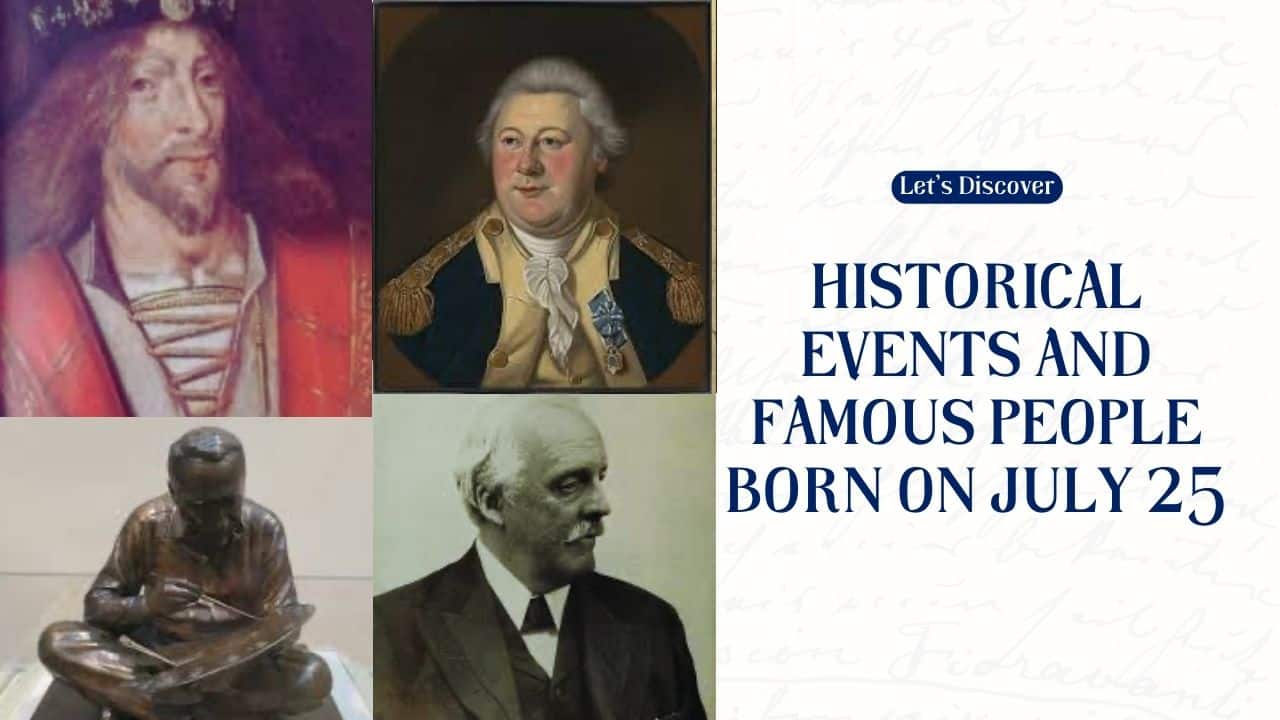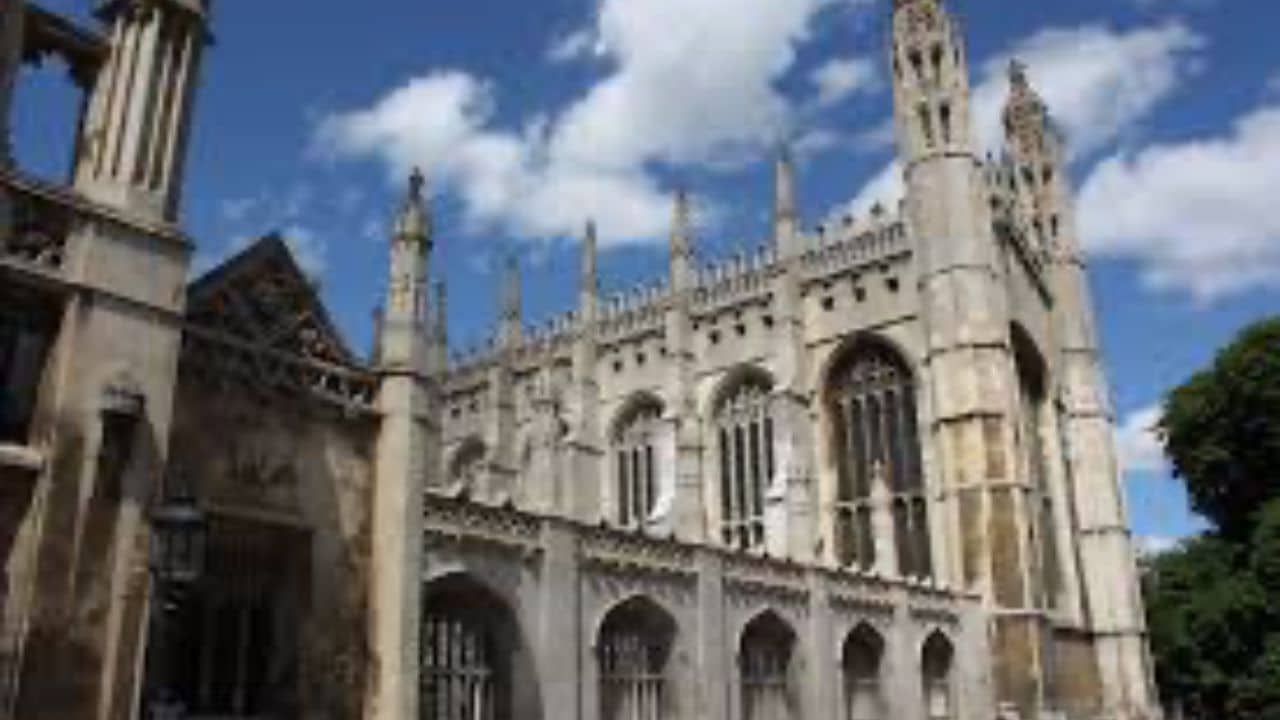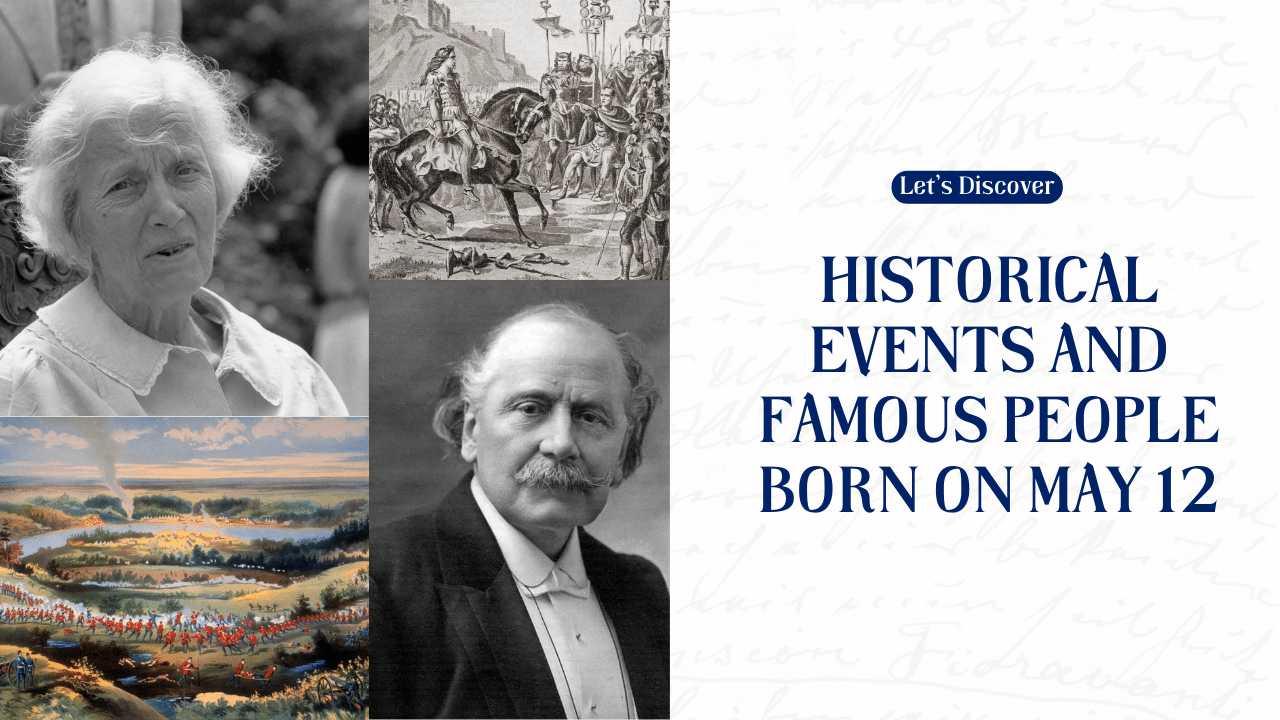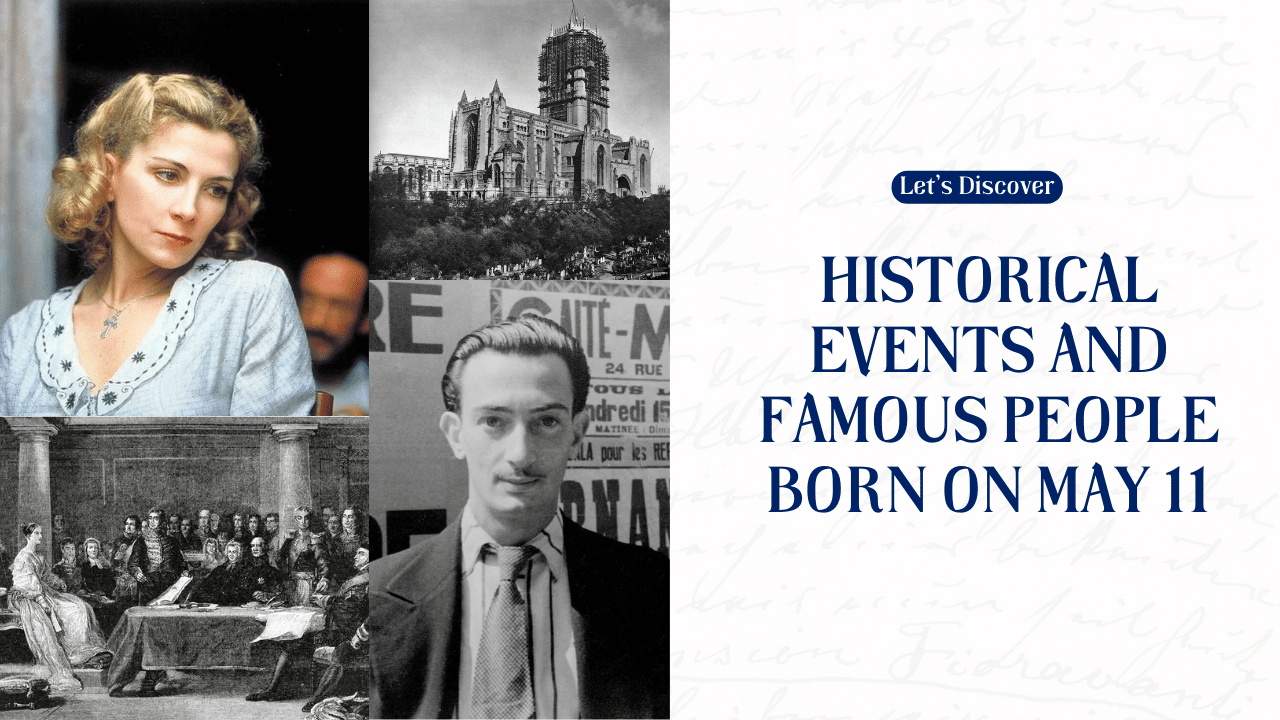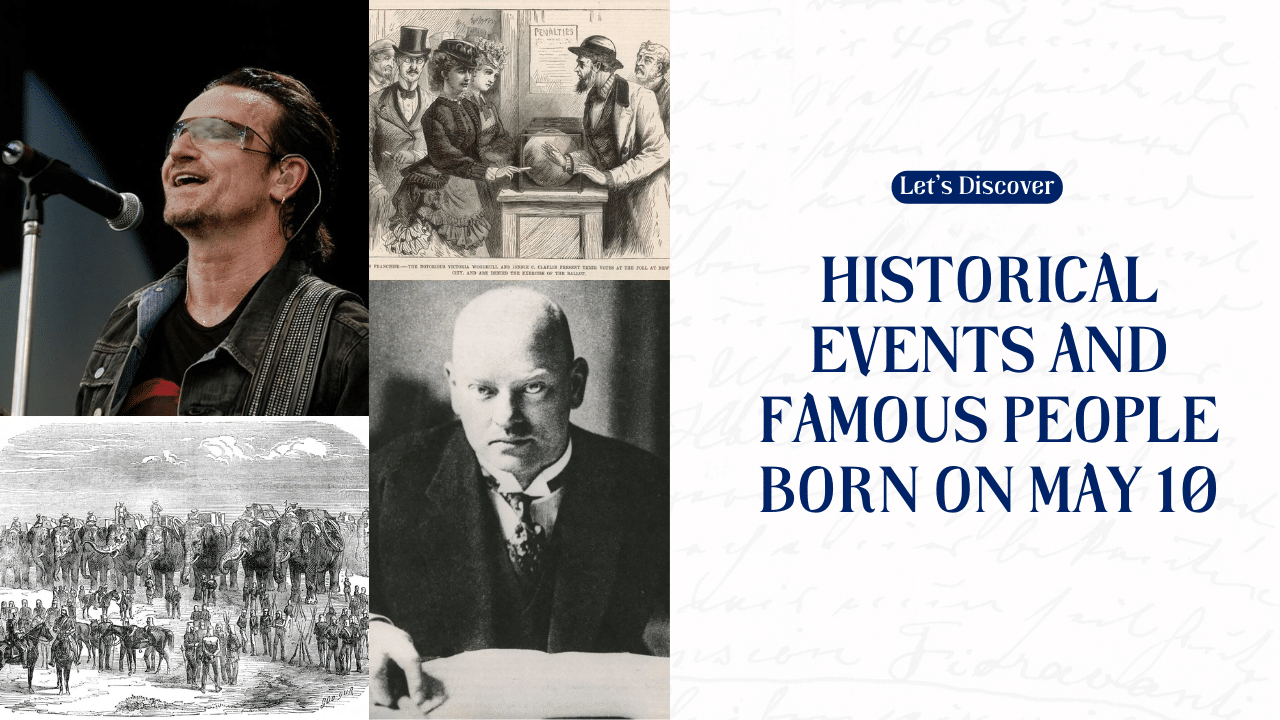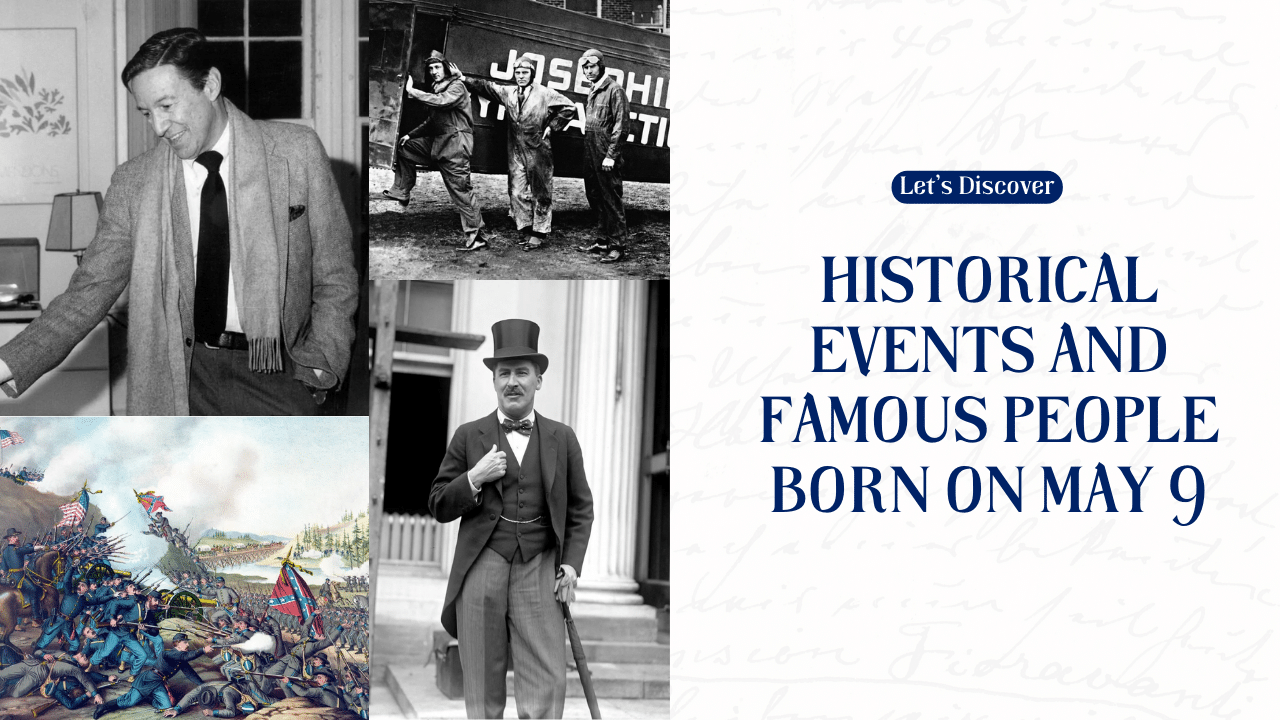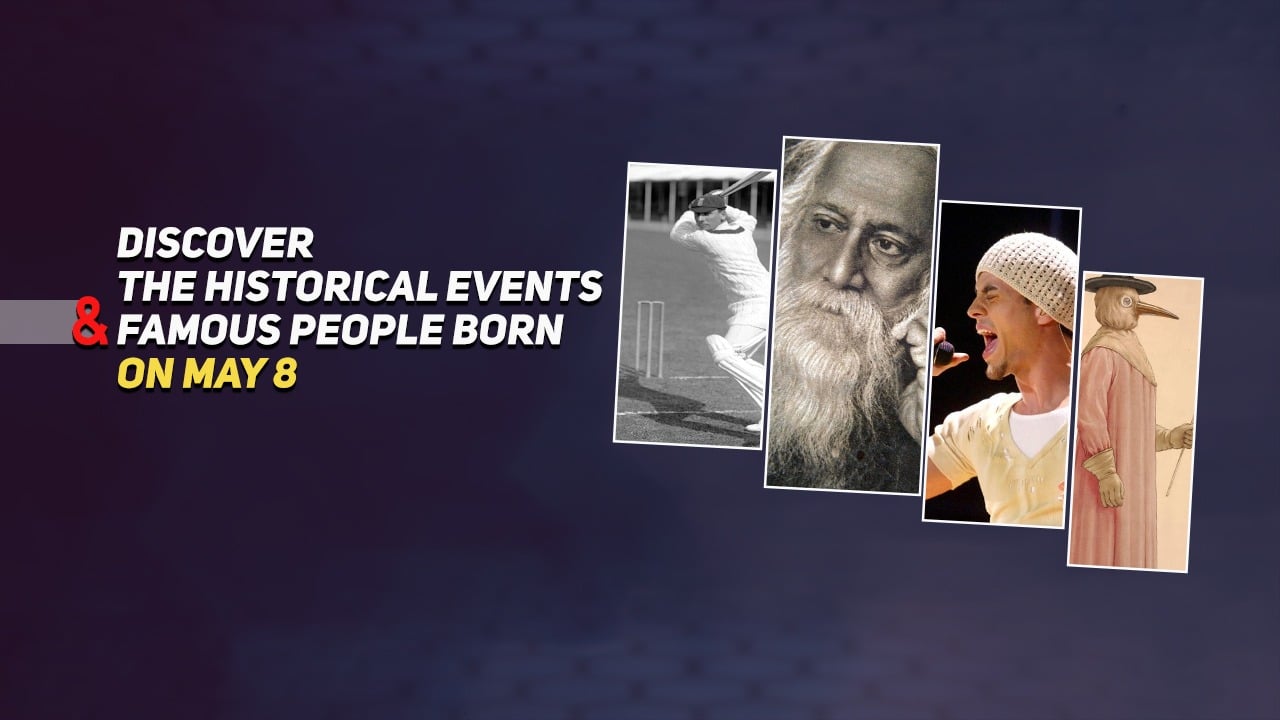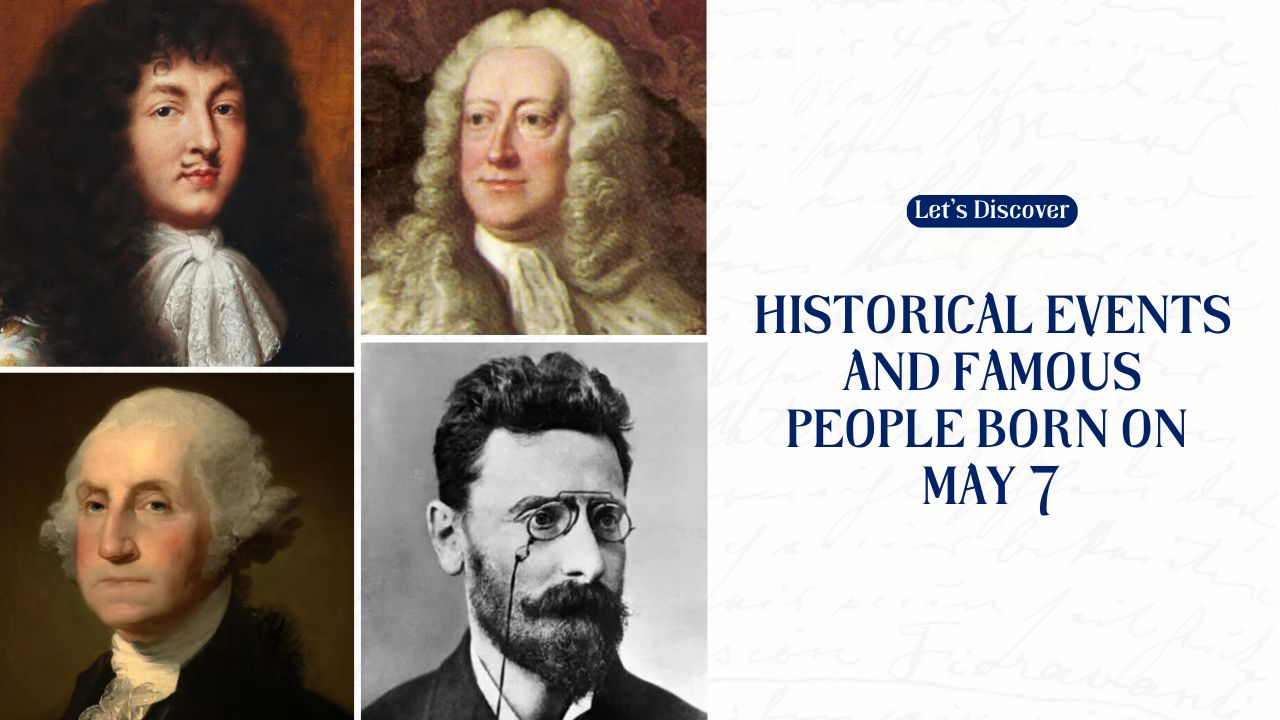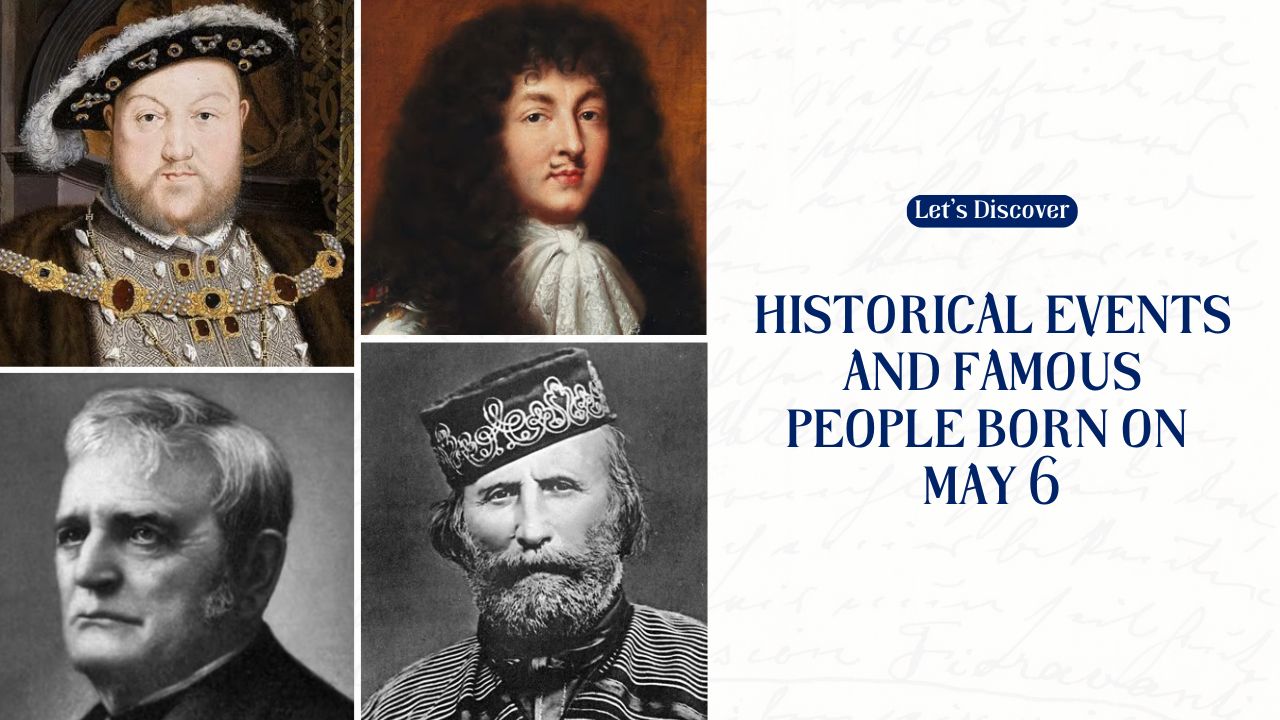July 25 is a day that has seen many important events in history. It’s also the birthday of some very famous people. In this article, we’ll learn about big things that happened on this day and about the interesting people born on July 25. We’ll travel through time, from ancient Rome to the 20th century, and meet kings, soldiers, artists, and scientists.
Historical Events on July 25
Emperor Constantine I’s proclamation (306 CE)
On July 25, 306 CE, something big happened in the Roman Empire. The soldiers of Constantine I said he should be the new Roman Emperor. This was a very important moment in history.
At this time, the Roman Empire was having problems. It was hard to control such a big area. There were fights about who should be in charge. Constantine’s father, Constantius, had just died. The army liked Constantine, so they chose him as the new leader.
This decision changed history. Constantine became a powerful ruler. He made Christianity legal in the Roman Empire, which was a big change. Before this, being a Christian could get you in trouble. Constantine also built a new capital city called Constantinople, which is now known as Istanbul in Turkey.
Constantine’s rule helped the Roman Empire last longer. He made changes that affected Europe and the world for many years to come.
King’s College Chapel foundation (1446)
On July 25, 1446, something special happened in England. King Henry VI laid the first stone for King’s College Chapel in Cambridge. This was the start of building one of the most beautiful churches in England.
King’s College is part of the University of Cambridge, one of the oldest and most famous schools in the world. The chapel took a long time to build. The main part wasn’t finished until 1515, almost 70 years later!
The chapel is known for its amazing ceiling and beautiful windows. It’s a great example of late Gothic architecture. This means it has a special style with pointed arches and tall ceilings. The chapel is still used today for church services and concerts. It’s also a popular place for tourists to visit.
Portuguese attack on Malacca (1511)
On July 25, 1511, Portuguese ships attacked the city of Malacca. Malacca is in what is now Malaysia. Back then, it was a very important place for trade.
Malacca was rich because it was in a perfect spot for ships to stop. Traders from China, India, and the Middle East all came to Malacca. The Portuguese wanted to control this trade, so they decided to attack the city.
The attack was led by a man named Afonso de Albuquerque. He had a lot of ships and soldiers. The people of Malacca tried to defend their city, but the Portuguese had better weapons.
When the Portuguese took over Malacca, it changed trade in that part of the world. They now controlled an important sea route. This helped Portugal become very rich and powerful. It was part of a time when European countries were starting to build big empires around the world.
Coronation of Henry II of France (1547)
On July 25, 1547, Henry II became the King of France. A coronation is a special ceremony where someone officially becomes king or queen.
Henry II was 28 years old when he became king. He took over from his father, Francis I. At this time, France was a strong country, but it had problems. There were fights between Catholics and Protestants, two different types of Christians.
During Henry’s rule, France fought wars with other countries, especially Spain. These wars were expensive and caused problems for the country. Henry also tried to stop the spread of Protestant ideas in France.
Henry II’s rule lasted for 12 years. He died in 1559 after getting hurt in a jousting tournament. His death led to more problems in France, as his sons were too young to rule well.
Maximilian II becomes Holy Roman Emperor (1564)
On July 25, 1564, Maximilian II became the Holy Roman Emperor. The Holy Roman Empire was a group of lands in Europe, mostly in what is now Germany.
Maximilian II was part of the Habsburg family. This family ruled many parts of Europe for hundreds of years. He became emperor after his father, Ferdinand I, died.
Maximilian II was known for being more open-minded than other rulers of his time. He didn’t like fighting between different Christian groups. He tried to keep peace between Catholics and Protestants.
During Maximilian’s rule, the Holy Roman Empire was generally peaceful. But there were still some problems. The Ottoman Empire (based in Turkey) was trying to expand into Europe. Maximilian had to deal with this threat.
Maximilian II’s time as emperor helped keep the peace in central Europe for a while. But the problems between different Christian groups would lead to a big war after his death.
Famous Birthdays on July 25
James I of Scotland (1394-1437)
James I was the King of Scotland from 1406 to 1437. He was born on July 25, 1394.
Short Biography:
| Detail | Information |
|---|---|
| Born | July 25, 1394, Dunfermline Palace, Scotland |
| Died | February 21, 1437, Perth, Scotland |
| Title | King of Scotland |
| Reign | 1406-1437 |
| Famous for | Improving Scottish law and government |
James had a tough start as king. When he was young, he was captured by the English and held for 18 years. He finally returned to Scotland in 1424 and began to rule.
As king, James I made many changes. He improved the way laws were made and followed in Scotland. He also tried to make the powerful nobles less strong. This made some people angry.
James I was good at writing poetry. He wrote a famous poem called “The Kingis Quair.” Sadly, his rule ended when he was killed by a group of nobles who didn’t like his changes.
Henry Knox (1750-1806)
Henry Knox was an important person in early American history. He was born on July 25, 1750.
Short Biography:
| Detail | Information |
|---|---|
| Born | July 25, 1750, Boston, Massachusetts |
| Died | October 25, 1806, Thomaston, Maine |
| Famous for | First U.S. Secretary of War |
| Key role | General in the American Revolutionary War |
Knox started as a bookstore owner, but he became interested in military things. When the American Revolution started, he joined the fight against the British.
Knox did something very brave and important during the war. He brought big cannons from Fort Ticonderoga to Boston. This helped the Americans win an important battle.
After the war, Knox became the first Secretary of War for the new United States. He helped create the country’s first army and navy. Knox was a close friend of George Washington and helped shape the new country.
Thomas Eakins (1844-1916)
Thomas Eakins was a famous American painter. He was born on July 25, 1844.
Short Biography:
| Detail | Information |
|---|---|
| Born | July 25, 1844, Philadelphia, Pennsylvania |
| Died | June 25, 1916, Philadelphia, Pennsylvania |
| Famous for | Realistic paintings, especially “The Gross Clinic” |
| Style | Realism |
Eakins was known for painting very realistic pictures. He often painted scenes from everyday life, sports, and medicine. His most famous painting is called “The Gross Clinic.” It shows a doctor teaching students during an operation.
Eakins also taught art. He thought it was important for artists to understand how the human body works. Sometimes, his ideas got him in trouble. He was fired from his teaching job because some people thought his methods were too shocking.
Today, Eakins is seen as one of the most important American painters of his time. His work helped change the way American artists painted.
Arthur Balfour (1848-1930)
Arthur Balfour was a British politician who became Prime Minister. He was born on July 25, 1848.
Short Biography:
| Detail | Information |
|---|---|
| Born | July 25, 1848, Whittingehame House, Scotland |
| Died | March 19, 1930, Woking, England |
| Famous for | British Prime Minister, Balfour Declaration |
| Political party | Conservative |
Balfour had a long career in British politics. He became Prime Minister in 1902 and served until 1905. Later, he was Foreign Secretary during World War I.
Balfour is most famous for something called the Balfour Declaration. This was a letter he wrote in 1917. In it, he said the British government supported creating a “national home for the Jewish people” in Palestine. This declaration had a big effect on the history of the Middle East.
Balfour was also interested in science and philosophy. He wrote books about these subjects. He helped make relations between Britain and America stronger.
Davidson Black (1884-1934)
Davidson Black was a scientist who studied human evolution. He was born on July 25, 1884.
Short Biography:
| Detail | Information |
|---|---|
| Born | July 25, 1884, Toronto, Canada |
| Died | March 15, 1934, Beijing, China |
| Famous for | Identifying “Peking Man” fossils |
| Field | Paleoanthropology |
Black was a doctor who became interested in studying ancient human bones. He moved to China to work on fossil sites there.
His biggest discovery was something called “Peking Man.” These were fossils of an ancient human ancestor found near Beijing (then called Peking). Black showed that these fossils were very important for understanding human evolution.
Sadly, Black died quite young, at age 49. But his work helped scientists learn a lot about how humans evolved. The fossils he studied were lost during World War II, which makes his work even more important.
Takeaway
July 25 is a day that has seen many important events in history. From the rise of a Roman Emperor to the building of a beautiful chapel, this day has shaped the world in many ways. It’s also the birthday of people who changed art, politics, and science.
Learning about these events and people helps us understand how the world has changed over time. It shows us how decisions made long ago can still affect us today. Whether it’s through art, science, or leadership, the people born on this day have left their mark on history.
References:
- Grant, Michael. “Constantine the Great: The Man and His Times.” New York: Scribner, 1994.
- Willis, Robert, and John Willis Clark. “The Architectural History of the University of Cambridge.” Cambridge University Press, 1988.
- Diffie, Bailey W., and George D. Winius. “Foundations of the Portuguese Empire, 1415-1580.” University of Minnesota Press, 1977.
- Knecht, R.J. “Catherine De’ Medici.” London: Longman, 1998.
- Fichtner, Paula Sutter. “Emperor Maximilian II.” Yale University Press, 2001.
- Brown, Michael. “James I.” Edinburgh: Canongate, 1994.
- Callahan, North. “Henry Knox: General Washington’s General.” Rinehart, 1958.
- Goodrich, Lloyd. “Thomas Eakins.” Harvard University Press, 1982.
- Tuchman, Barbara W. “The Proud Tower: A Portrait of the World Before the War, 1890-1914.” Macmillan, 1966.
- Jia, Lanpo, and Weiwen Huang. “The Story of Peking Man: From Archaeology to Mystery.” Oxford University Press, 1990.


